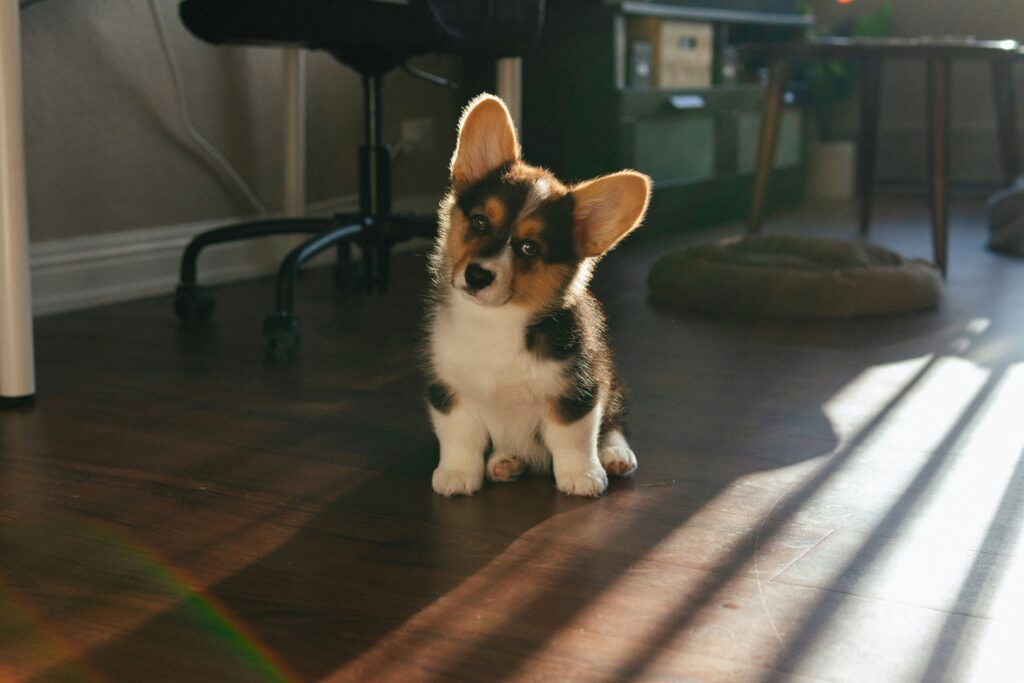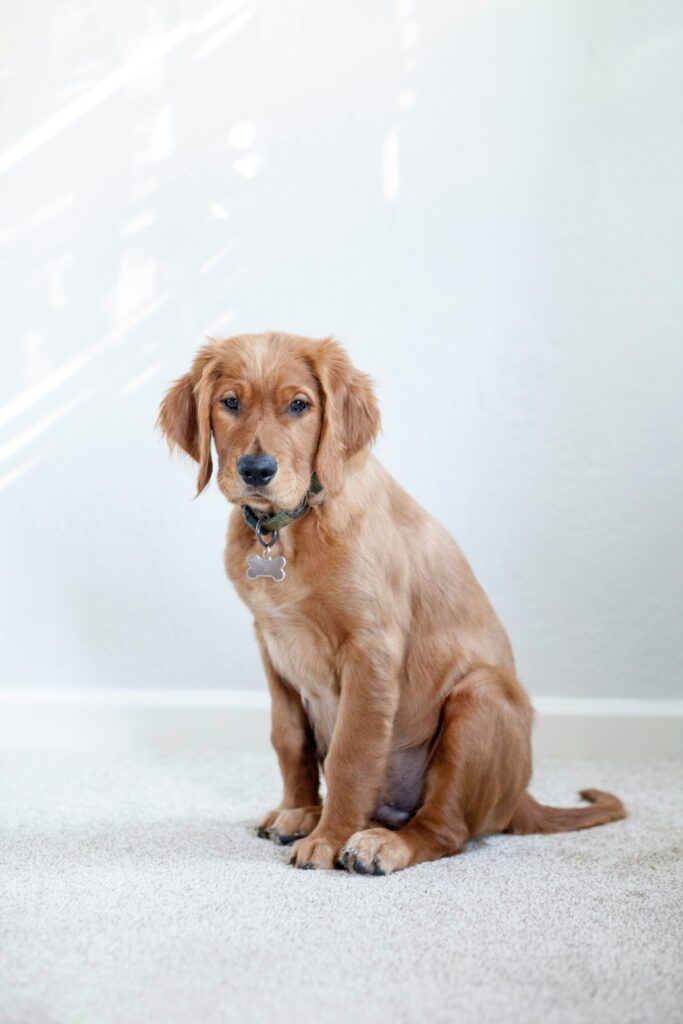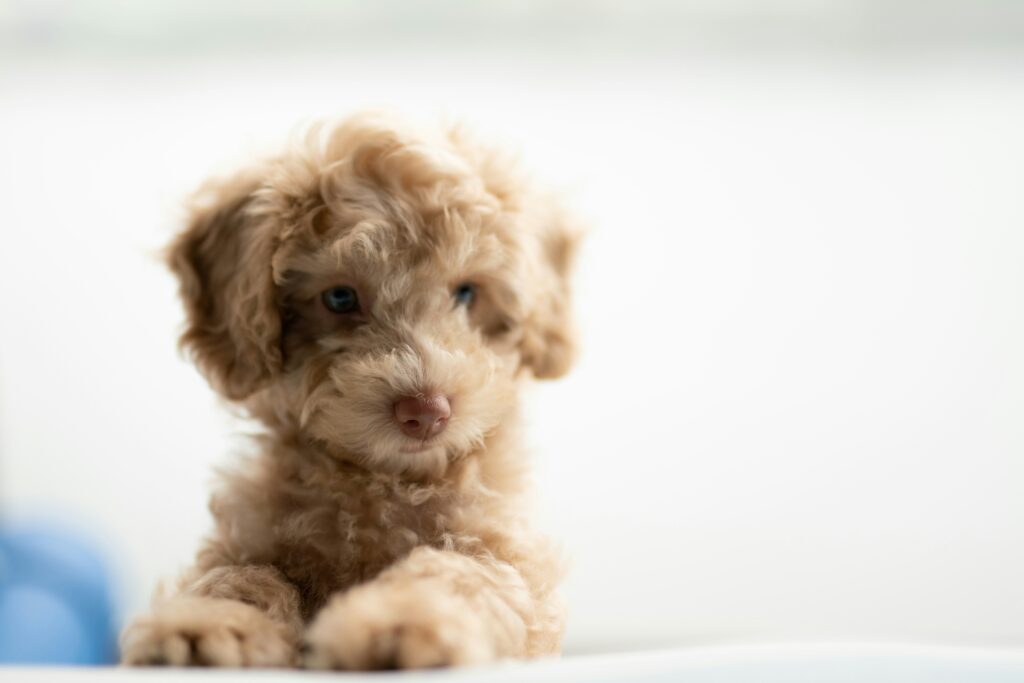How to Help an Anxious Dog Feel Safe
Just like humans, dogs can experience anxiety. Whether it’s triggered by loud noises, new environments, separation, or past trauma, anxiety can impact your dog’s health and happiness. As a loving pet parent, you can play a huge role in helping your anxious dog feel safe, calm, and confident.
Here’s a guide to understanding dog anxiety and practical ways to support your furry friend.
Understanding Dog Anxiety
Common signs of anxiety in dogs include:
-
Excessive barking or whining
-
Pacing or restlessness
-
Trembling or shaking
-
Destructive behavior
-
Hiding or avoidance
-
Panting or drooling
Anxiety can be triggered by:
-
Separation from owners
-
Loud noises like fireworks or thunderstorms
-
New people, places, or animals
-
Past neglect or trauma
1. Create a Safe Space
Provide your dog with a quiet, cozy area where they can retreat when feeling stressed. This could be:
-
A crate with soft bedding
-
A calm room with favorite toys
-
A corner with a calming pheromone diffuser
Make sure this space is always associated with comfort and never punishment.
2. Establish a Predictable Routine
Dogs feel more secure when they know what to expect. Keep consistent times for:
-
Feeding
-
Walks
-
Playtime
-
Bedtime
A regular routine helps lower stress and builds trust.
3. Practice Calm Leadership
Dogs look to their owners for cues. Stay calm and confident, especially during stressful events. Avoid over-reassuring (which can accidentally reinforce fear) — instead, act relaxed and upbeat.
4. Use Positive Reinforcement
When your dog shows bravery or calm behavior, reward them with treats, praise, or affection. Gradually expose them to mild versions of their triggers, rewarding calmness, and slowly build their confidence.
5. Provide Mental and Physical Exercise
Exercise helps burn off nervous energy and releases feel-good endorphins. Combine:
-
Daily walks
-
Interactive play
-
Mental stimulation like puzzle toys or training games
A tired dog is often a calmer dog!
6. Try Calming Tools
Consider using:
-
Adaptil pheromone sprays or diffusers
-
Calming wraps like the ThunderShirt
-
Soothing music designed for dogs
-
Herbal supplements (check with your vet first)
These can help take the edge off during stressful moments.
7. Gradual Desensitization
Help your dog face their fears in a controlled way. For example:
-
Play recordings of thunder at low volume, rewarding calm behavior
-
Practice short absences and gradually increase time away
-
Invite calm visitors to help your dog adjust to new people
Always go at your dog’s pace.
8. Consider Professional Help
If your dog’s anxiety is severe, consult:
-
A positive reinforcement trainer
-
A veterinary behaviorist
-
Your veterinarian (to discuss medical options if needed)
Professional guidance can be life-changing for anxious dogs.
Final Thoughts
Anxiety doesn’t have to rule your dog’s life. With patience, love, and a thoughtful approach, you can help your anxious pup feel more secure and confident. Celebrate small wins, stay consistent, and remember that your calm presence is one of the most powerful tools you have.
Your dog may always be a little sensitive, but with the right support, they can still enjoy a happy, fulfilling life.



